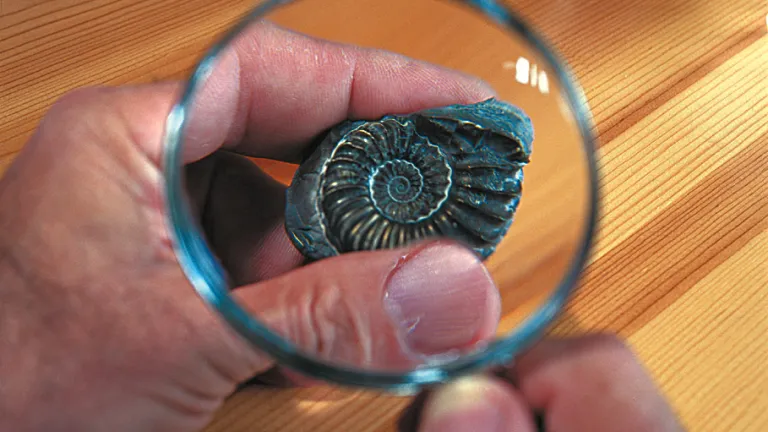God, Science and the Bible: Nonfossilized soft tissue found in dinosaur bones
Dinosaur researchers the world over were stunned by the announcement in March that a 70-million-year-old tyrannosaurus rex fossilized leg bone had yielded very unfossilized soft tissue—apparently blood vessels and blood cells—something long thought impossible considering the assumed age of such fossils.
Dinosaur researchers the world over were stunned by the announcement in March that a 70-million-year-old tyrannosaurus rex fossilized leg bone had yielded very unfossilized soft tissue—apparently blood vessels and blood cells—something long thought impossible considering the assumed age of such fossils.
The methods that yielded the soft tissue "seem to upend accepted theories of fossilization," reported the Chicago Tribune March 24. "Conventional wisdom suggests that when animals like dinosaurs died millions of years ago and were covered in silty mud, inert earth minerals gradually seeped into bony tissues and replaced all organic material. The minerals transformed the bone into fossil rock, supposedly destroying any soft tissue."
BBC News Online further explained: "Normally when an animal dies, worms and bugs will quickly eat up anything that is soft. Then, as the remaining bone material gets buried deeper and deeper in the mud, it gets heated, crushed and replaced by minerals, turning it to stone."
How was this amazing discovery made? For years Mary Higby Schweitzer, a paleontologist at North Carolina State University and Montana State University, had experimented with chemically dissolving the minerals in fossils—long assumed to be 100 percent mineral—to study any residue left behind.
She recently worked on a three-inch chunk of fossilized femur from a well-preserved tyrannosaurus rex recently uncovered in Montana. When she and her assistant dissolved the stone in the fossil, what they found was "stretchy bone matrix material that, when examined microscopically, seemed to show blood vessels, osteocytes, or bone building cells, and other recognizable organic features."
They repeated the experiment 17 times before they were convinced what they were seeing was indeed actual tyrannosaurus rex tissue. They continued the process with other fossils, discovering similar material in bones from two other tyrannosaurs and an 80-million-year-old hadrosaur.
"They were all preserved a little bit differently than each other, but they all contained very similar material we found in the T. rex," she reported. As a result, finding such material in dinosaur bones may "not be as rare an event as we thought."
For years paleontologists have held that organic materials such as animal remains could not be preserved beyond about 100,000 years. "We may not really know as much about how fossils are preserved as we think," says Schweitzer (Agence France-Presse, March 29). That is quite an understatement.
Regrettably, this amazing discovery doesn't seem to have prompted paleontologists to ask the obvious question: Are dating theories and methods anywhere near as reliable as scientists have assumed they are?









